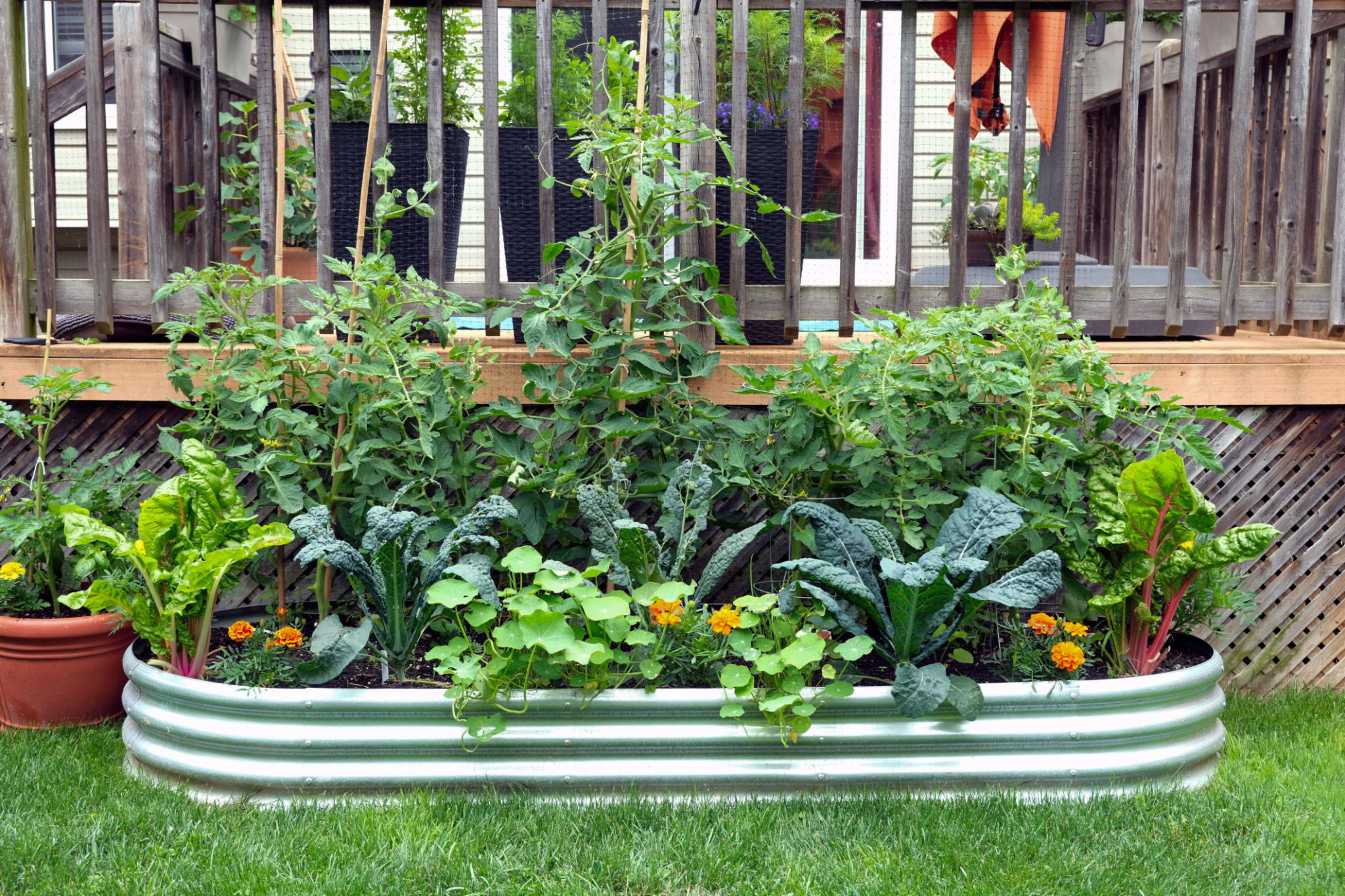Case Study: Transforming a Backyard into an Edible Garden Paradise
Introduction to the Project
Imagine stepping out into your backyard and being greeted by a lush, vibrant oasis where every plant serves a dual purpose of beauty and sustenance. Transforming a standard backyard into an edible garden paradise is not just an achievable dream but also a rewarding journey that offers bountiful harvests and aesthetic pleasure. In this case study, we delve into the steps and strategies employed to convert a typical backyard into a thriving edible landscape.

Initial Assessment and Planning
The first step in transforming the backyard was conducting a comprehensive assessment of the existing landscape. This included evaluating soil quality, sunlight exposure, and drainage capabilities. Understanding these factors is crucial as they influence the selection of plants and overall garden design.
Once the initial assessment was completed, a detailed plan was crafted. This plan highlighted key areas for planting, pathways, and zones for sitting or relaxation. The vision was to create not only a productive garden but also a serene space that encourages outdoor living.
Soil Preparation and Fertility
Quality soil is the foundation of any successful garden. The existing soil was enriched with organic matter, including compost and well-rotted manure, to boost fertility and structure. This process ensured that the plants would have access to essential nutrients, promoting robust growth.

Additionally, raised beds were constructed to improve drainage and provide better control over soil conditions. This step was particularly important in areas with heavy clay soil or poor natural drainage.
Plant Selection and Layout
The selection of plants focused on those that are both edible and visually appealing. A mix of fruit trees, vegetables, herbs, and flowers was chosen to create a diverse ecosystem. Companion planting techniques were employed to maximize space and improve pest control naturally.
- Fruit trees like apple and pear provided vertical interest and shade.
- Vegetables such as tomatoes, peppers, and spinach were selected for their high yield and nutritional value.
- Herbs like basil, rosemary, and thyme added fragrance and flavor to the garden.

Implementation and Maintenance
With the plan in place, implementation began with the installation of irrigation systems to ensure efficient water use. Drip irrigation was favored for its water conservation benefits and ability to deliver moisture directly to plant roots.
Maintenance involved regular weeding, pruning, and monitoring for pests. Organic methods such as neem oil and insecticidal soap were used for pest management, aligning with the sustainable ethos of the project.
Harvesting the Rewards
The transformation of the backyard into an edible garden has resulted in a year-round supply of fresh produce. Homeowners now enjoy picking fresh ingredients for their meals directly from their garden, reducing grocery bills and increasing food security.

Beyond the tangible rewards of fresh produce, this transformation has fostered a deeper connection with nature and provided an enjoyable outdoor activity for the entire family.
Conclusion: Lessons Learned
This case study illustrates that with careful planning, dedication, and a bit of creativity, any backyard can be transformed into an edible paradise. Key lessons include the importance of soil health, strategic plant selection, and sustainable maintenance practices. Whether you’re an experienced gardener or a novice, creating an edible garden is an enriching endeavor that yields more than just delicious food—it cultivates joy and sustainability in everyday life.